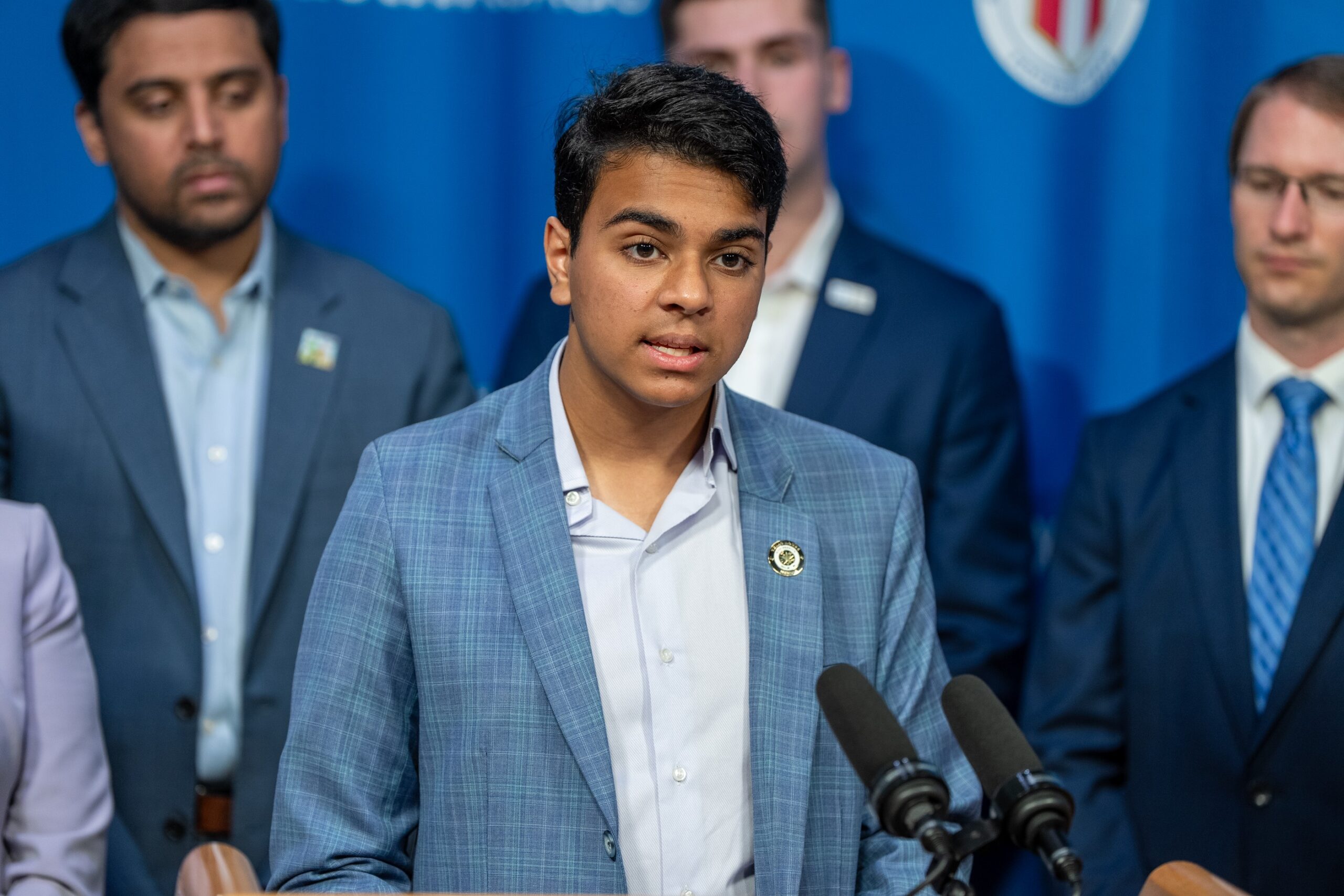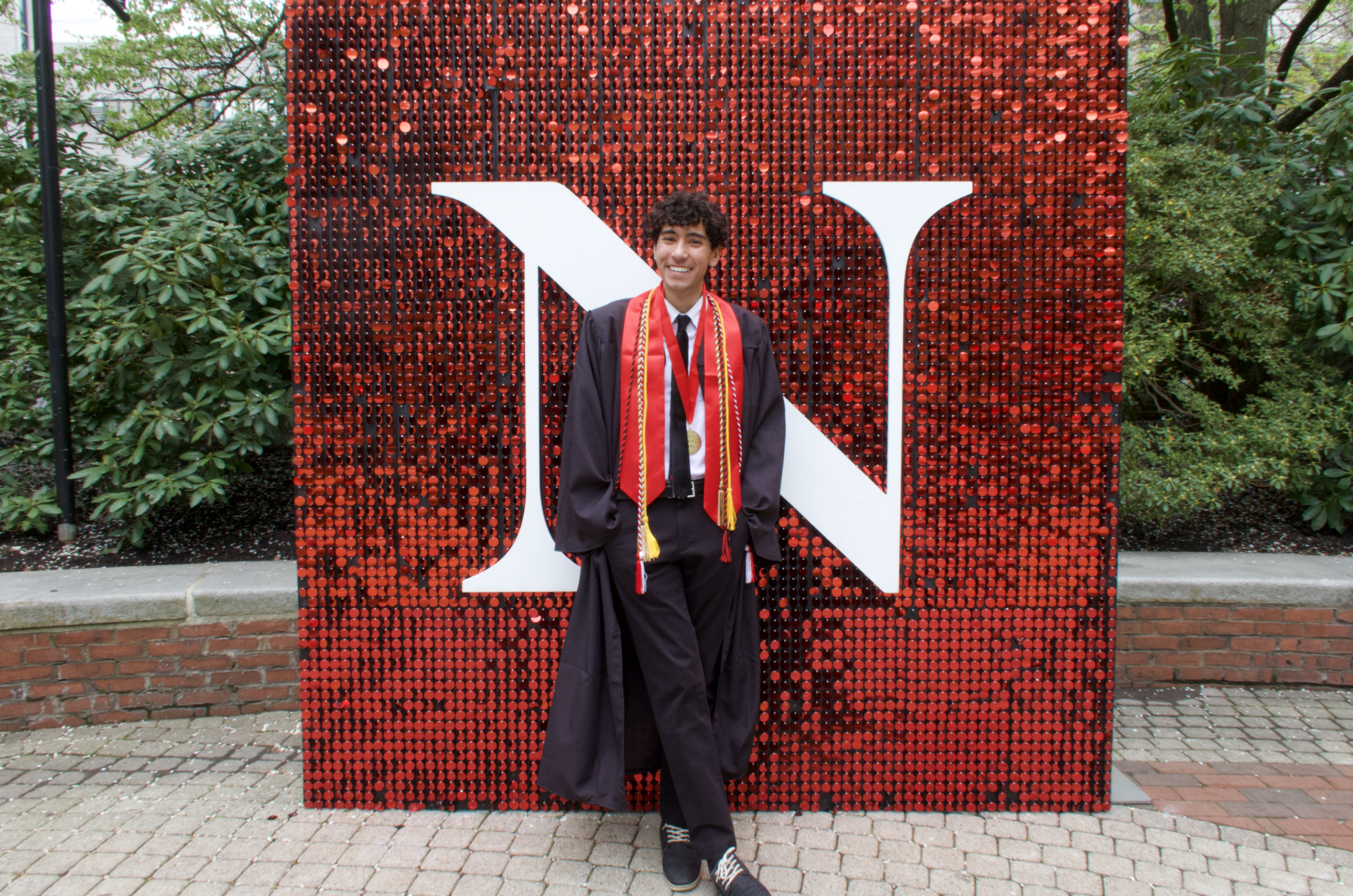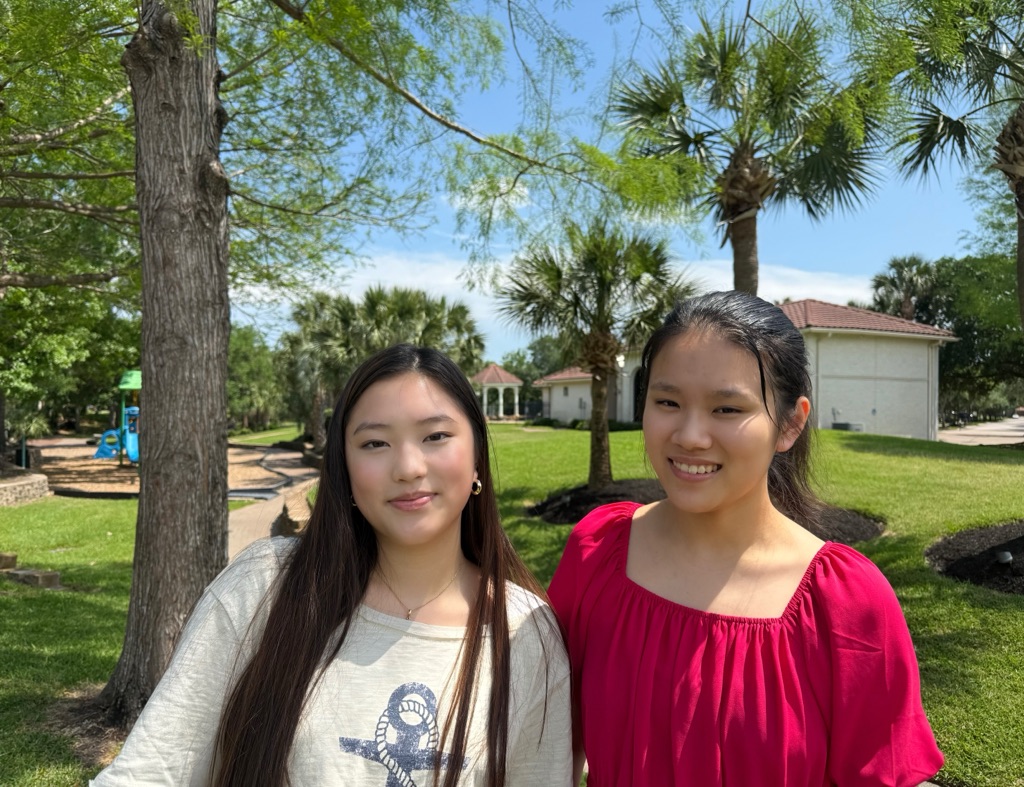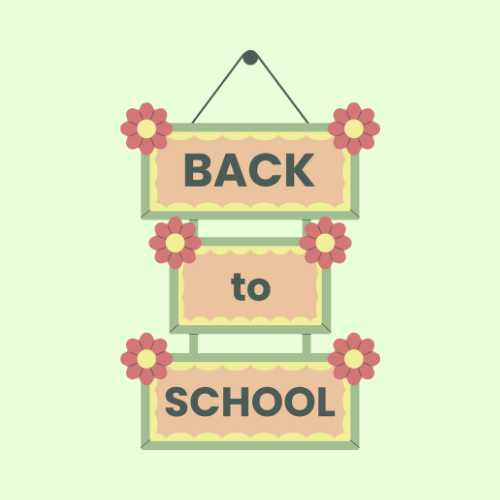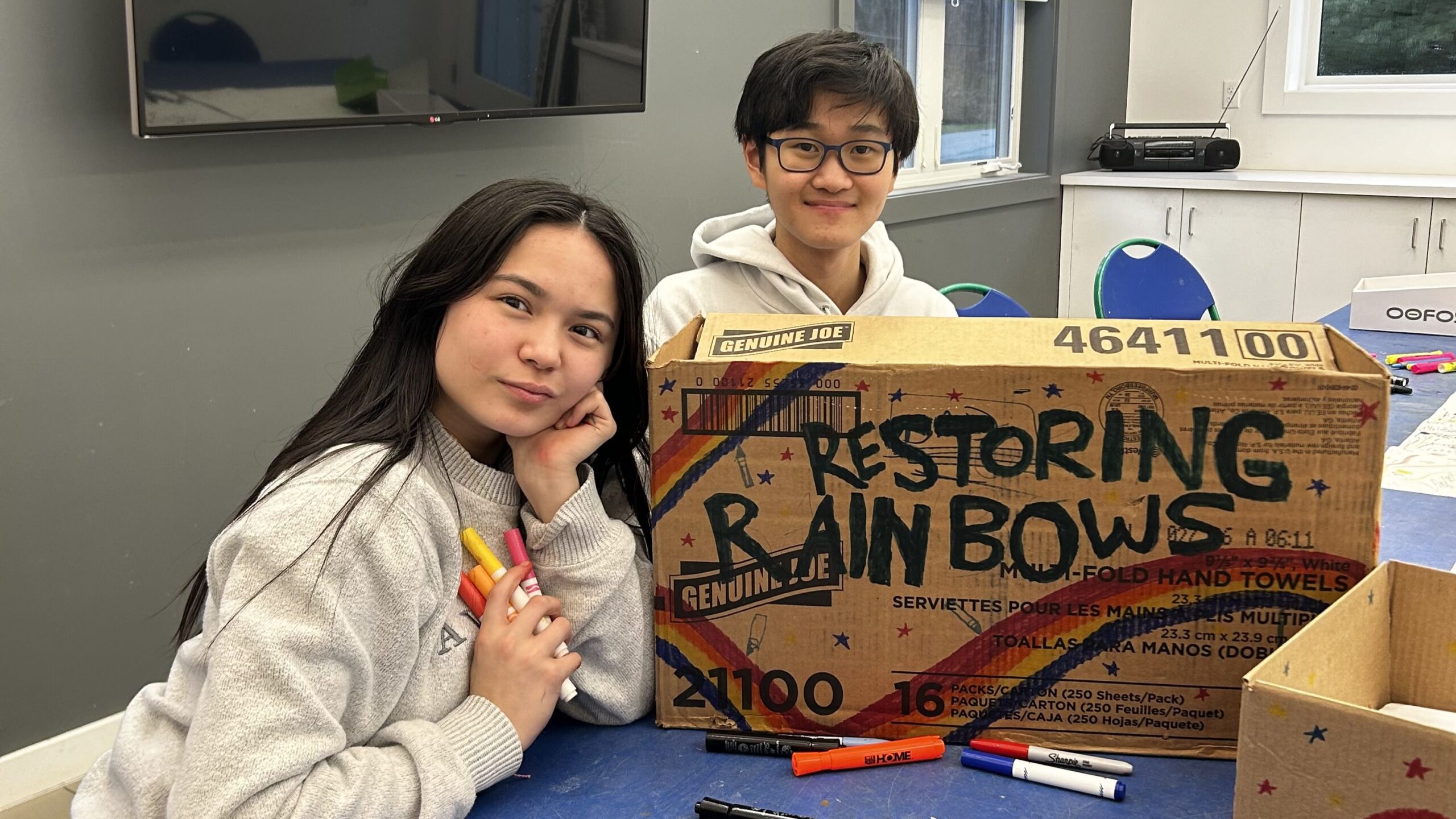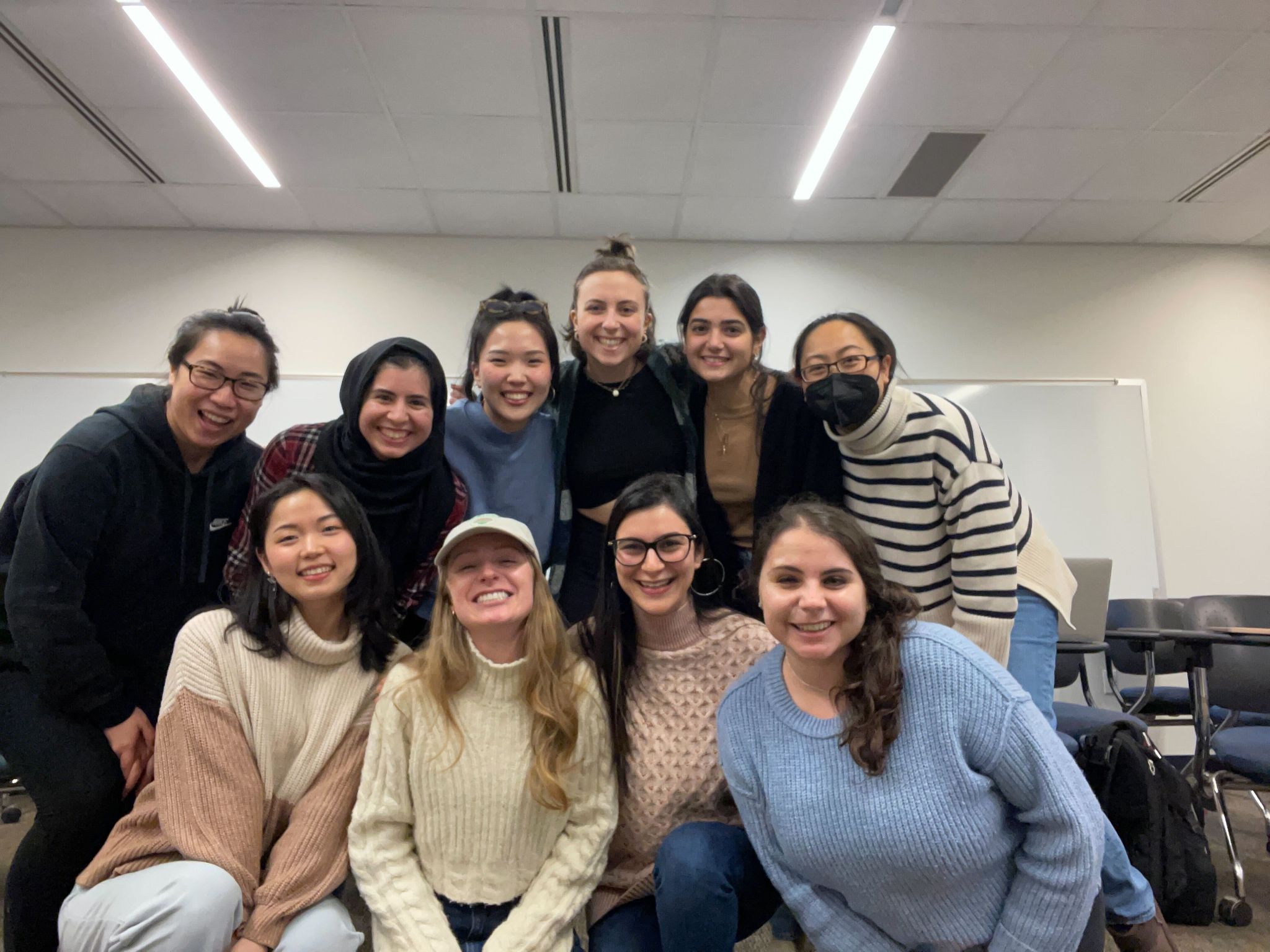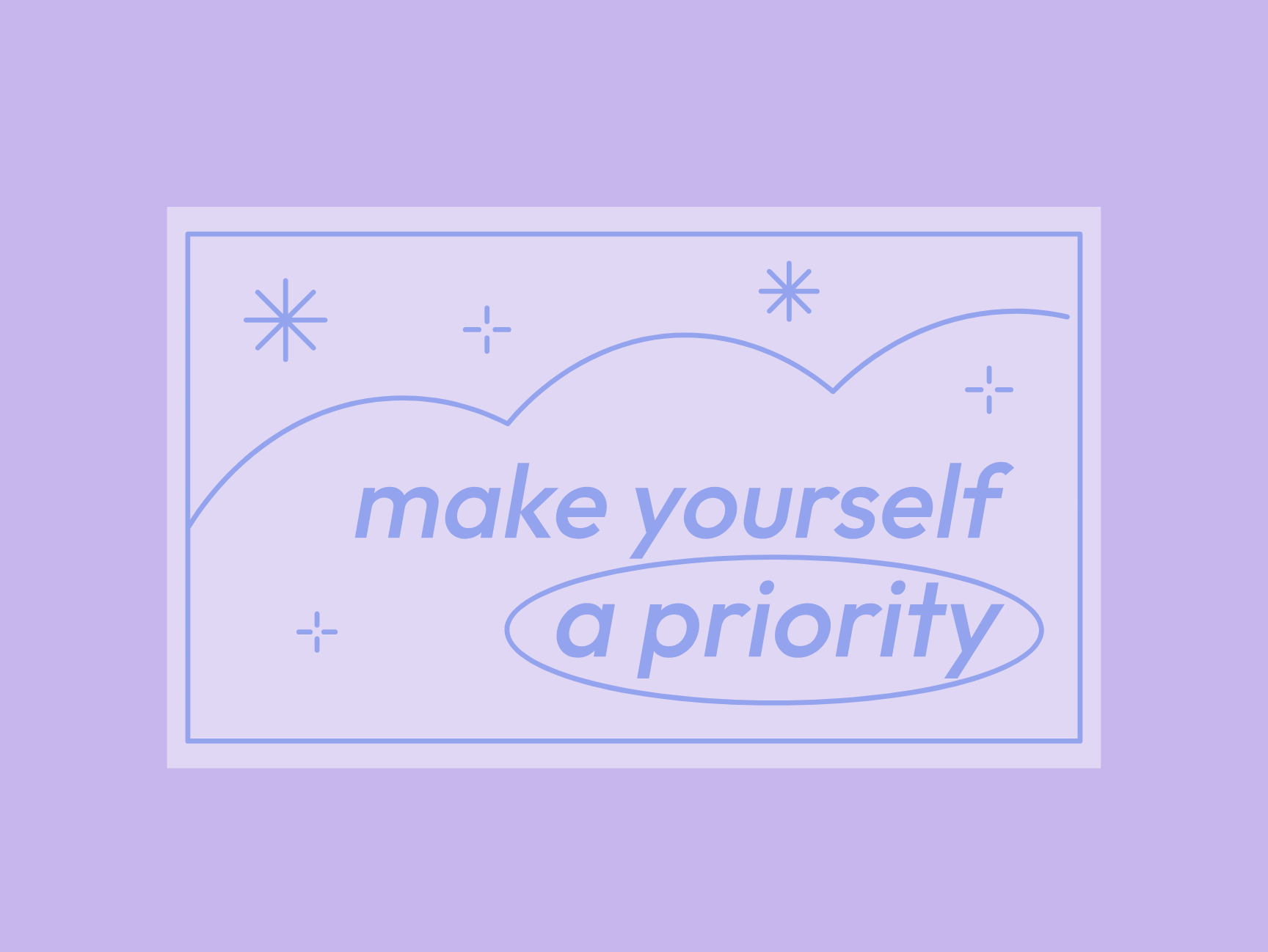When I started at a new school two years ago, it definitely wasn’t easy. Going into a new environment where I knew no one, I often felt like an outsider and didn’t think I could ever find my people. There’s one issue that I experienced firsthand that is rarely talked about, and even when it is, it’s never in the context of mental health: bullying. Despite the harmful impacts that bullying can have on people’s mental health journeys, it has become so common in schools that there rarely seem to be any solutions.
Bullying can take many forms, and is generally understood to occur when a person or group intentionally insults, threatens, teases, or excludes another person. Common displays of bullying can range from more subtle behaviors like social exclusion to acts of physical aggression, verbal insults, spreading rumors, or even cyberbullying online. Along with these behaviors, bullying often includes an imbalance of power, where the person being targeted may feel helpless or unable to defend themself.
At my old school, I was known for being an outgoing person who was kind to everyone and would walk through the halls, high-fiving random people purely to bring joy to people’s faces. At my new school, I was afraid to show my true self. Within a couple weeks of school starting, I was having a conversation with someone, a member of the typical high school “popular” crowd, and they told me that their entire friend group didn’t like me and “thought I was weird.” I’ve always lived by the famous quote, “Why fit in when you were born to stand out?” so I didn’t take this personally, but it did make me wonder why some people who I have barely interacted with automatically made this assumption about me. Safe and supportive learning environments are key to ensuring that no other child has to hear what I did just because some of my peers don’t have the ability to embrace someone who may not look or act like the “typical athletic kid.” Social cliques of kids who all look and act the same often exclude diverse groups of students and demonstrate a lack of understanding and empathy for those with different identities.
For the first several months of school, I suppressed my personality and was actually a very quiet person. Eventually, it became too much to bear and I started showing my true personality regardless of what people thought. That’s when I found the people who I knew would be my true friends, through and through. Those are the people who would support me no matter what.
It starts at home. I am a firm believer that no one is born inherently bad and that if the qualities of kindness, respect, and dignity are not specifically taught by parents and in school environments, that is when we run into situations like bullying. Right now, we are seeing a rise in bullying for many different reasons. For one, cyberbullying and social media have made it possible to bully someone with the click of a button with no idea of the consequences of those actions. Additionally, according to a US Department of Education study, the reasons for being bullied reported most often by students include physical appearance, race/ethnicity, gender, disability, religion, and sexual orientation. Identity-based bullying is happening because children are not being taught to embrace diversity. I urge all schools to ensure there are proper reporting mechanisms in place for bullying and that action is taken on reports that are made.
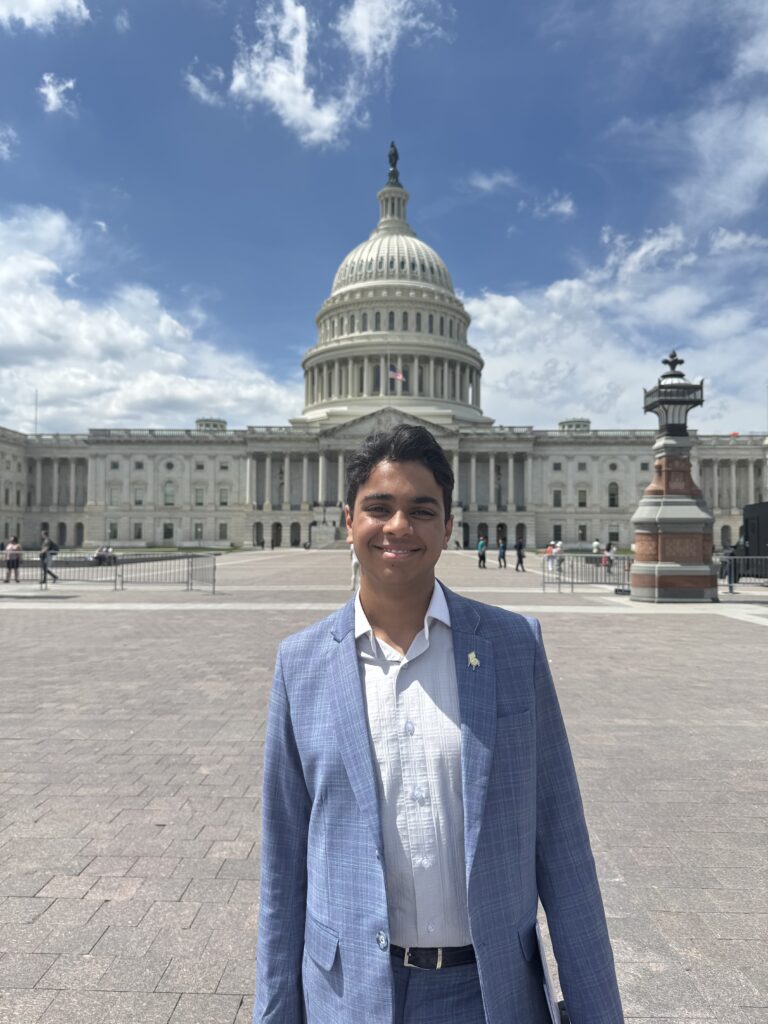 Comprehensive education is required to not just punish the students who engage in bullying but to actually help them understand why their actions were inappropriate. Students should also understand all the various things that constitute as bullying because that list is growing every day with the advancement of technology. And as I mentioned earlier, parents should be supplementing this work at home as well to ensure students understand proper behavior in the time we’re living in. Lastly, I will just say to all students out there that kindness and compassion are the fundamental values of our common humanity. It doesn’t cost you anything to just be nice! You don’t have to like someone to be nice to them!
Comprehensive education is required to not just punish the students who engage in bullying but to actually help them understand why their actions were inappropriate. Students should also understand all the various things that constitute as bullying because that list is growing every day with the advancement of technology. And as I mentioned earlier, parents should be supplementing this work at home as well to ensure students understand proper behavior in the time we’re living in. Lastly, I will just say to all students out there that kindness and compassion are the fundamental values of our common humanity. It doesn’t cost you anything to just be nice! You don’t have to like someone to be nice to them!
To anyone who has been bullied, never let anyone take your pride away from you. Know that I love you for who you are and there will always be other people who do as well—it might just take some time to find them like it did for me. Always remember to be true to yourself—never change for anyone else. You matter and are amazing just the way you are.








